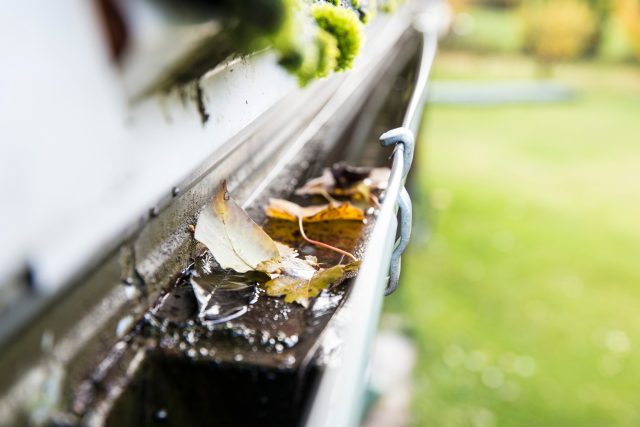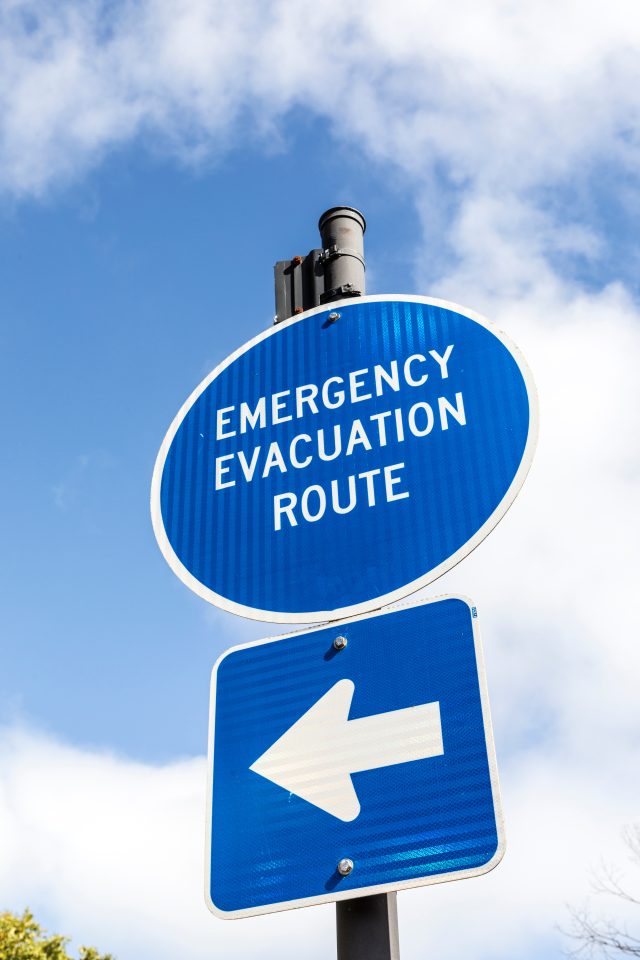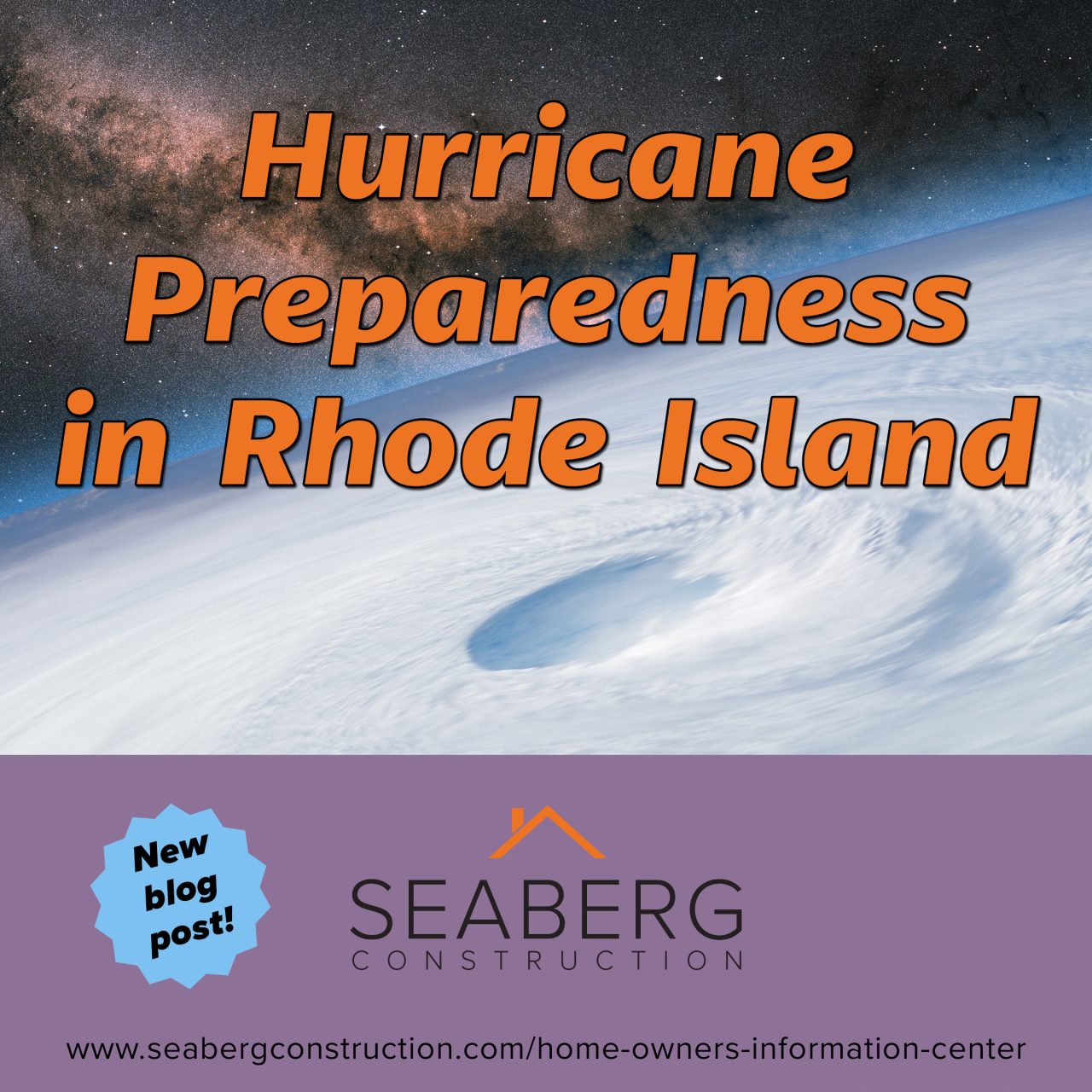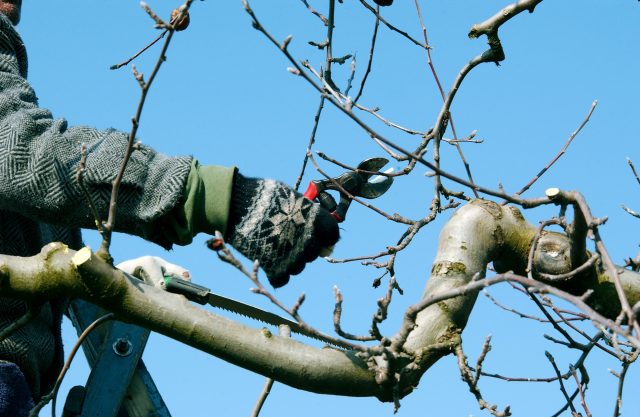Though Rhode Island is the smallest state, its coastal location makes it vulnerable to hurricanes and tropical storms. With over 400 miles of shoreline, homes across the state face the risk of high winds, heavy rain, and storm surges. Preparing your home’s exterior before hurricane season is crucial to minimize damage and protect your property. Follow these key steps to ensure your home is ready when storms arrive.
1. Inspect and Reinforce Your Roof
Your roof is your home’s first line of defense against heavy winds and rain. To prepare:
- Schedule a professional roof inspection to check for missing or damaged shingles that could become loose during a storm.
- Ensure flashing and seals around vents, skylights, and chimneys are intact to prevent leaks and water intrusion.
- Install hurricane straps or clips if necessary to provide extra reinforcement and keep your roof securely attached to your home’s structure.
- Clean gutters and downspouts regularly to prevent water buildup and potential flooding, which can weaken your roof’s integrity.
- Consider installing a secondary water barrier beneath your shingles to add an extra layer of protection against leaks.
2. Secure Windows and Doors
High winds can shatter windows and damage doors if they’re not properly secured. Broken glass and structural weaknesses can lead to significant interior damage.
- Install storm shutters or board up windows with at least 5/8-inch thick plywood to prevent breakage from flying debris.
- Upgrade to impact-resistant windows and doors for long-term hurricane protection. These are specifically designed to withstand extreme wind conditions.
- Check weather stripping and caulking around doors and windows to prevent water leaks that can lead to mold and structural damage.
- Reinforce garage doors by installing a bracing kit or upgrading to a wind-rated door, as garage door failure can lead to significant structural issues.

3. Protect Your Siding and Exterior Walls
The exterior walls of your home must be able to withstand strong winds and flying debris. Weak spots can allow water to seep in and cause long-term damage.
- Inspect siding for loose panels, cracks, or warping and repair any weak spots immediately.
- Consider fiber cement or impact-resistant siding for added durability and better resistance against extreme weather conditions.
- Seal gaps, cracks, and openings in your home’s exterior to prevent water infiltration and mold growth.
- Check exterior paint and waterproof coatings to ensure your home has an additional layer of protection against heavy rain and wind-driven moisture.
4. Trim Trees and Remove Loose Outdoor Items
Flying debris is one of the biggest dangers during a hurricane. Unsecured outdoor objects can turn into projectiles, causing damage to your home and surrounding properties.
- Trim dead or weak tree branches to prevent them from breaking off and hitting your home.
- Secure patio furniture, grills, and decorations by bringing them indoors or anchoring them down with heavy-duty straps.
- Remove loose objects like potted plants, bicycles, and garden tools that could become airborne hazards in strong winds.
- Check nearby power lines and have any overhanging branches trimmed by professionals to reduce the risk of electrical outages or fire hazards.
5. Check Your Home’s Drainage System
Heavy rainfall can lead to flooding if water isn’t properly diverted away from your home’s foundation. Standing water can cause costly structural damage and increase the risk of mold growth.
- Ensure gutters and downspouts are clear of leaves, dirt, and debris to allow for proper water drainage.
- Extend downspouts at least three feet away from your foundation to prevent basement flooding and soil erosion.
- Inspect your sump pump and backup system to make sure they are functioning correctly in case of heavy rainfall.
- Consider installing a French drain or swale system to improve yard drainage and prevent pooling water.

6. Reinforce Fencing and Outdoor Structures
Fences, sheds, and other outdoor structures can sustain damage or become dangerous projectiles in high winds. Securing them can prevent further damage to your home and neighborhood.
- Check fence posts and panels to ensure they’re securely anchored and not rotting or loose.
- Reinforce or remove weak structures such as old sheds, pergolas, and gazebos that may not withstand strong winds.
- Anchor sheds and outdoor equipment with ground stakes or hurricane straps to keep them from being lifted by gusts.
- Store tools, ladders, and other loose objects inside a garage or shed to prevent them from becoming dangerous flying debris.
7. Prepare an Emergency Kit and Evacuation Plan
Even with the best preparations, hurricanes can be unpredictable. Having a well-stocked emergency kit and an evacuation plan can ensure you and your family stay safe.
- Emergency kit essentials include:
- Flashlights, extra batteries, and a portable phone charger
- Non-perishable food and bottled water (enough for at least three days)
- First aid supplies, prescription medications, and personal hygiene items
- Important documents in a waterproof container (insurance papers, identification, emergency contacts)
- Extra cash, as ATMs and credit card systems may not work after a storm
- A battery-powered weather radio to stay updated on storm developments
- Pet supplies, including: food, water, leash, carrier, vaccination records, and comfort items like blankets or toys
- Create an evacuation plan:
- Know your local evacuation routes and shelters.
- Plan a safe destination with family or friends if evacuation is necessary.
- Keep your vehicle’s gas tank full before the storm arrives.
- Have pet supplies ready if you need to evacuate with animals.

Final Thoughts
Hurricane season in Rhode Island typically runs from June through November, so taking the time to prepare your home’s exterior early can save you from costly repairs and ensure your family’s safety. By securing your roof, windows, siding, and outdoor areas, you’ll be better equipped to weather the storm. Need help with home exterior repairs or reinforcements? Contact Seaberg Construction for professional assistance in storm-proofing your home.
Taking proactive steps now can help prevent catastrophic damage later. Don’t wait until a storm is on the horizon—start preparing today to ensure your home is protected when hurricane season arrives.
To obtain your complimentary estimate from Seaberg Construction for roofing, siding, windows, doors, or decks, please complete the form available on our website: https://seabergconstruction.com/about-us-roofing-company/contact-us/

Read Seaberg Construction’s Google reviews left by homeowners like yourself: https://tinyurl.com/kkxwhx8k
Follow us on Facebook: www.facebook.com/seabergconstruction and Instagram: www.instagram.com/seabergconstruction to stay up-to-date with our current projects and news.
To obtain your complimentary estimate from Seaberg Construction, please complete the form available on our website: https://seabergconstruction.com/about-us-roofing-company/contact-us/
And, don’t forget to read our other blog posts for more home improvement tips and ideas: http://seabergconstruction.com/home-owners-information-center/


